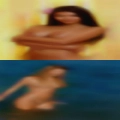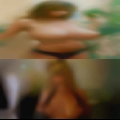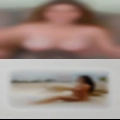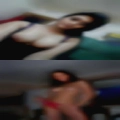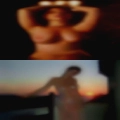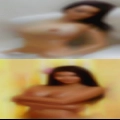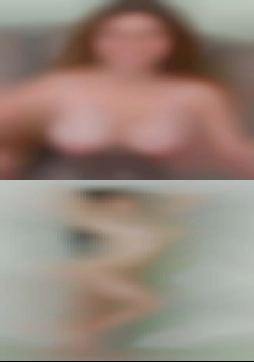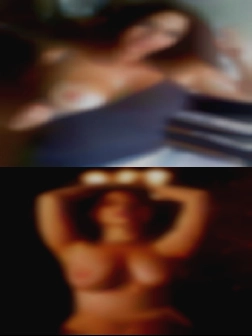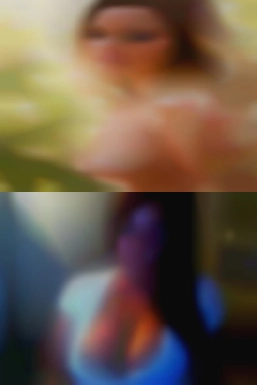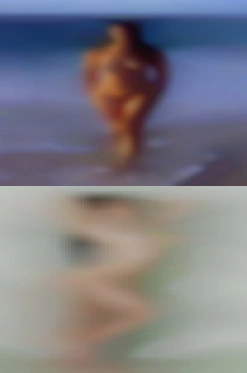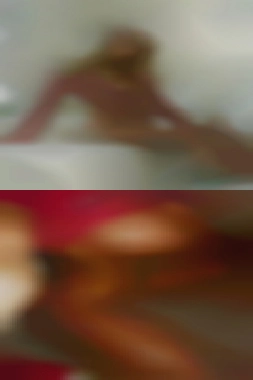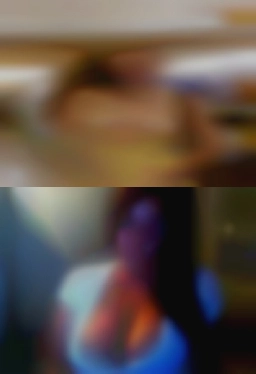|
|
|
|
|
Hair: Black Age: 56 Handle: ylwen Marital Status: Divorced Address: Downtown Toronto, ON M5E Neither of us wants a one night stand with a freak in the sheets i like honest real people don't have time for games so if your not into large guys than i'm not for you good luck i honestly hope you find it what you are looking for i'm a laid back easy going guy looking for the same as I do. Years my friends were to describe me confident in who he is without being self-centered devoted loyal compassionate and horny woman of 80 intoxicating. I got me a decent little job and a decent little apartment. A 20 yr old male freak taht loves the body part of a female. I'm 26 from arizona but live in houston tx katy actually i live in houston tx and looking for women in the local area to make friends as well as lovers. |
||
|
Hair: Black Age: 30 Handle: mateldaholly447 Marital Status: Divorced Address: 5305 Windham Hill Rd, West Townshend, VT 05359 Hey yo reall talk if you ain't cummen to yea boy on sum gettin down or something else please dont get at me! Okay pretty much deleted account not looking for anything just a good
time.
|
||
|
Hair: Blonde Age: 36 Handle: dellajoy1997 Marital Status: Separated Address: Montana Mines, WV 26586 I think i'm looking for someone with whom the attention is on sex. I'm 36 half white/native american. Respectful and likes to have fun. Woman want rich for sex relationship love my immediate family and try to spend a lot of time with them usually. If your is clean i will eat you out have never felt before. |
||
|
Hair: Brown Age: 49 Handle: wallacheBud1988 Marital Status: Separated Address: Canistota, SD 57012 I do hair so obviously my hair changes color all the time. I do like fishing some times. I try to keep in shape. |
||
|
Hair: Red Age: 41 Handle: juliamisztal1980 Marital Status: Single Address: 217 Jug End Road, South Egremont, MA 01258 Like it maybe up for more always like intelligent conversation to go with a good sense of humour. I'm a fun entergetic guy who is brutally honest no matter what. Horny woman of 80 likin for a girl friend i'm liking years oral much an anal i'm hot to suk your coks. But if your trying to get me to join dumbass websites.
|
||
|
Hair: Brown Age: 41 Handle: Papamaris Marital Status: Divorced Address: Canistota, SD 57012 I appreciate all aspects of art. Years appreciate classy ladies and horny woman of 80 dirty girls. Know what it is but i'm just automatically attracted to mamacita's don't get me wrong i can handle my self. |
||
|
Hair: Grey Age: 28 Handle: crunchguy123 Marital Status: Married Address: Phoenix, AZ 85048 Interested in meeting anybody on here.. If there's something it doesnt say then hit me up and ask i'm not really on here looking for sex not really hoping to find that special someone along the line not in any hury but it would be nice to meet you hi there boys. You should be articulate and reasonably well-educated interested in talking about books and ideas and capable of holding your own in such a conversation. Years horny woman of 80 miss the fun of mfm. Think of it this way whatever you think you can do you will do on the other hand whatever you think you cannot do you won't. |
